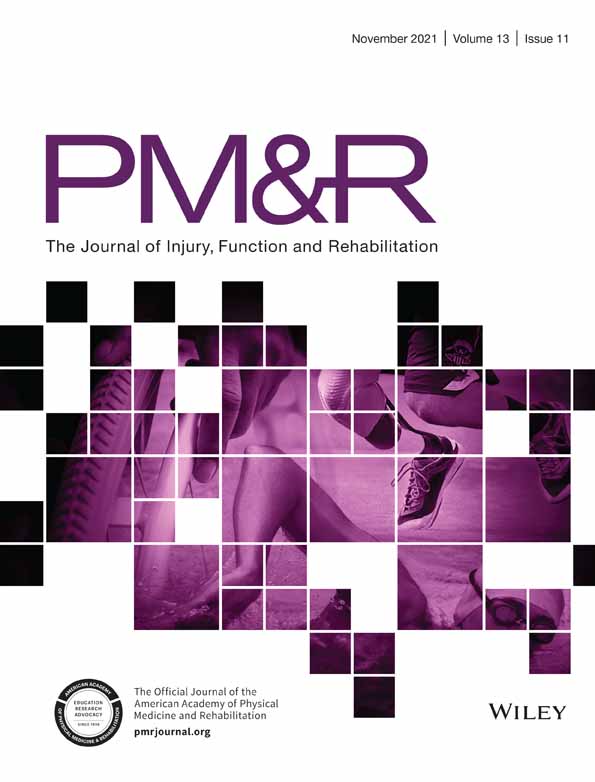Menstrual Irregularity, Hormonal Contraceptive Use, and Bone Stress Injuries in Collegiate Female Athletes in the United States
Disclosure: nothing to disclose Funding source: Research reported in this publication was supported by the National Center for Advancing Translational Science of the National Institute of Health (UL1TR002384) for REDCap use.
All financial disclosures and CME information related to this article can be found on the Online Learning Portal (https://onlinelearning.aapmr.org/) prior to accessing the activity.
Abstract
Background
Menstrual irregularity (MI) is common in female athletes and is a component of the Female Athlete Triad (Triad). Many athletes with the Triad are started on hormonal contraceptives (HC) for MI, but this interferes with the ability to monitor menstrual cycle regularity and can mask other causes of MI. There are limited studies investigating the relationship between MI, HC use, and injury in female collegiate athletes.
Objective
To examine the prevalence of and relationship between HC use, MI, and bone stress injuries in female collegiate athletes in the United States.
Design
Cross-sectional study.
Setting
Online survey.
Participants
1020 U.S. female collegiate athletes (age ≥ 18 years).
Methods or Interventions
Assessment of risk factors for menstrual irregularity and bone stress injuries was conducted via a one-time survey.
Main Outcome Measures
HC use, MI, history of stress fractures.
Results
Current HC use prevalence was 65% (95% confidence interval [CI], 61.9%, 67.8%). Of all athletes, 47% reported past MI. Of the athletes who were not currently using HCs, 32% had current MI. Compared with athletes without past MI, more athletes with past MI reported current HC use (73% vs. 57%) and indicated menstrual cycle consistency as the primary reason for use (24% vs. 4%) (P < .001). Additionally, 25% of athletes reported a history of stress fractures, which was associated with lean/aesthetic sports participation (odds ratio [95% CI]: 1.9 [1.4, 2.5]; P < .001) and less oral contraceptive pill (OCP) use (0.7 [0.5, 1.0]; P = .043). Compared with OCPs, injectable HCs were associated with greater odds of a history of stress fractures (4.5[1.6, 12.3]; P = .004).
Conclusions
HC use was prevalent among this cohort of female collegiate athletes, and almost half of the athletes reported past MI. A goal of menstrual cycle regularity was cited by 24% of athletes as a primary reason to use HCs, which shows that more athlete education is needed to avoid masking MI and the Triad with HCs. Further studies elucidating the relationship between HC use, MI, and sports-related injury are warranted.




